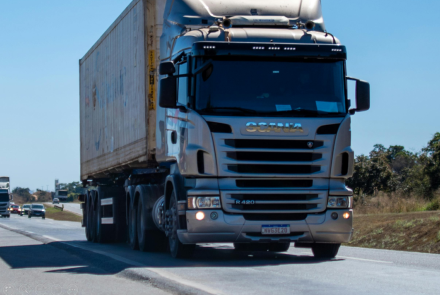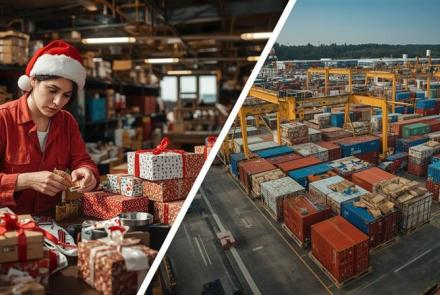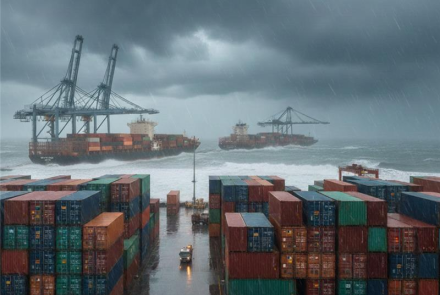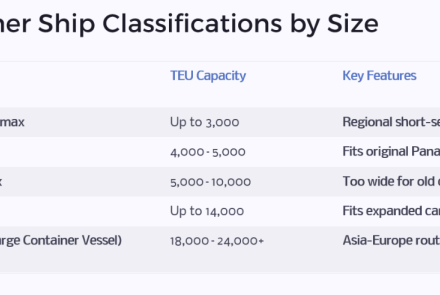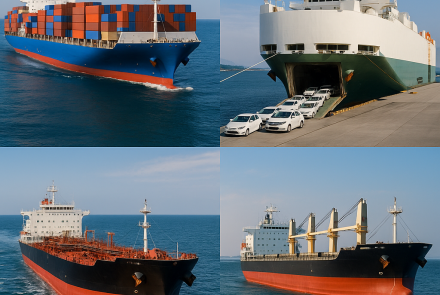Do containers need ventilation?
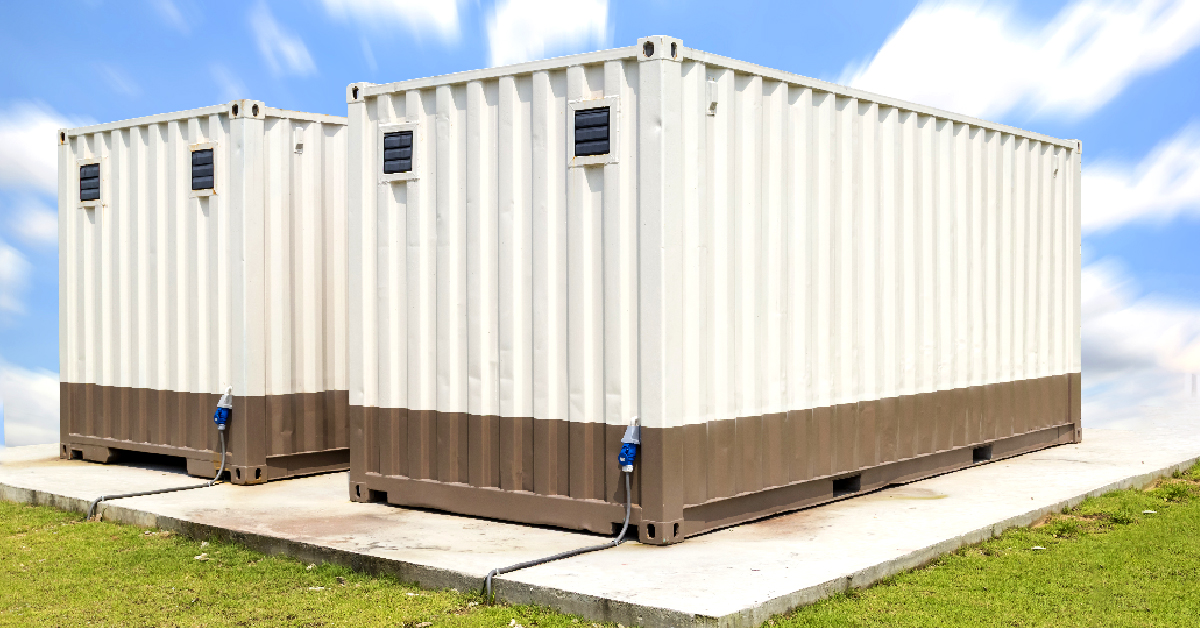
Shipping containers, like all objects or structures that store goods, should have a steady flow of air flowing in and out to keep the stored items fresh.
Shipping containers are used not only for transporting goods but also for various other applications like housing projects and for storing goods on-site. One important aspect that has to be taken care of is ventilation - no matter what the container is used for.
Cargo owners prefer airtight containers. They want to prevent air, moisture and insects from entering the container while goods are being transported. When containers are used for other applications like housing projects and for storage at sites, being airtight might actually create problems and this must be resolved through ventilation which is a task performed by experts.
What happens if there is no ventilation?
Although transported goods are taken out from the containers soon after they arrive at the destination, items stored in containers remain static for an extended period during transportation without being moved or even being opened. Similarly, when containers are used for housing purpose, people using the space need to have a comfortable atmosphere. Because a container starts out as being airtight, condensation takes place over time which can ruin the goods stored. When used for housing projects, it is unhealthy to live inside such a container with static air. We can overcome this problem only with a proper system of maintaining temperatures and creating natural airflow.
The dangerous consequences of an airtight container
Keeping the container airtight for an extended period can have the following consequences:
* Condensation: Condensation might appear whenever there is a fluctuation between day and night time temperatures. This is the moisture that appears on the inside surface of the container. For housing, this can become quite unwelcome. While in the case of storage, anything from electronics items to food items and even paper can be damaged or destroyed by the presence of water.
* Rust: Due to the presence of water, rust can set in on goods stored inside or on the container itself.
* Mould: The presence of moisture, compounded with high temperatures created by the steel baking in the sun makes for ideal conditions for the growth of mould. This will spell disaster for perishables, paper and many other valuable commodities.
* Heat build-up: Steel containers absorb heat, and in direct sun can behave much like an oven. This may lead to exhaustion and does not create an ideal working environment for use as housing or office purpose. The high temperature can damage stored food. Also, when the container houses flammable substances, there are chances of these gases or liquid exploding.
* Fumes: Poisonous fumes or foul odours have no passage to escape from an airtight container. People working inside such containers are at high risk of being affected by these fumes. Odours are an unwelcome factor in any house or working area used for the purpose of housing.
Options
Most ISO containers come with static vents along the top of the left and right side panels to allow airflow and curb moisture formation. These vents do not allow water or spray in, thereby safeguarding the cargo.
Porthole containers are thermally insulated containers having two sealable openings on the end walls (the portholes) through which cold air can be blown into the container and warm air can be extracted.
Other options for installing ventilation include:
* Steel louvred vents: These vents work at their best when installed on opposite sides of a container. This not only allows wind to let in fresh and dry air into the unit but hot air to escape through the opposite wall’s air vent to create natural airflow and reduce the temperature.
* Whirlybirds: Installed on top of a container, these turbine vents can be powered or can simply work with a little help from the wind. The hot air filled with moisture is pulled out by the turbine, allowing cooler air that has less moisture to go back in. These type of vents would, however, be a constraint while stacking containers one on top of another.
In short, containers need to breathe. Sufficient and well-installed vents make sure that natural airflow occurs throughout the container thereby creating the ideal atmosphere to keep people comfortable and goods safe.
- Log in to post comments


